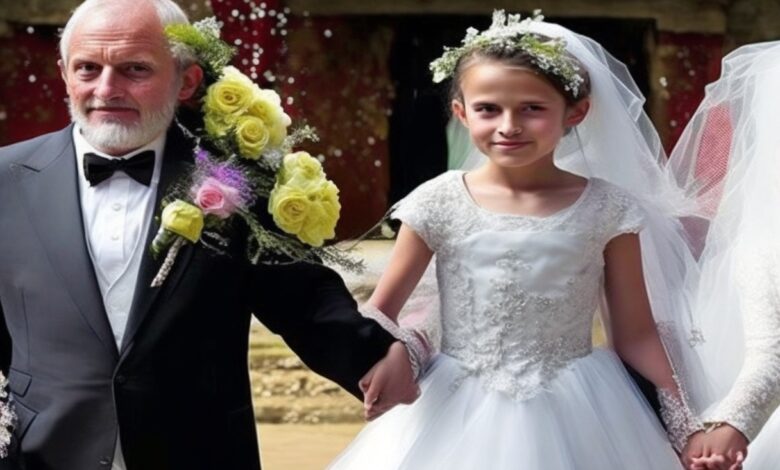Child Marriage Act: Progress or Setback for Ending Forced Marriages?

For centuries, child marriage has been a distressing practice, causing immense harm to countless young lives. Finally, significant strides have been made in addressing this issue, with the introduction of the Child Marriage Act. This groundbreaking legislation aims to protect children from the detrimental consequences of forced unions, ensuring their safety and well-being.
One of the key aspects of the Child Marriage Act is the establishment of a minimum age for marriage. By setting a legal age limit, this law seeks to prevent early marriages and safeguard children’s rights to education, health, and a childhood free from adult responsibilities. Additionally, it highlights the importance of consent, recognizing that individuals should have the right to choose their own life partners.
Child marriage often leads to severe health complications for young girls, such as premature pregnancies and childbirth, which can have long-lasting consequences for their physical and mental well-being. The Child Marriage Act addresses these concerns by ensuring that individuals are physically and emotionally ready for marriage, thereby reducing the health risks associated with early unions.
Furthermore, this legislation provides essential support to victims of child marriage. It establishes specialized courts, exclusively dedicated to handling cases related to child marriages. These courts aim to expedite legal proceedings, ensuring that justice is served promptly. Moreover, they prioritize the welfare of the child, offering counseling and rehabilitation services to victims.
The enforcement of the Child Marriage Act is crucial in eradicating this harmful practice. Government authorities, law enforcement agencies, and civil society organizations must work together to raise awareness about the negative impacts of child marriage and diligently implement the provisions of this law. Empowering communities and educating parents about the importance of allowing their children to complete their education before considering marriage can also contribute significantly to ending this practice.
While enacting legislation is a step in the right direction, ultimately, change lies within the hearts and minds of individuals. It is essential for people to understand that child marriage is a violation of human rights and inhibits the progress of societies as a whole. By shifting societal norms and challenging traditional beliefs that perpetuate child marriage, we can create a future where every child has the opportunity to thrive and fulfill their potential.
In conclusion, the Child Marriage Act serves as an instrumental tool in combatting the pervasive issue of child marriage. By establishing a minimum age for marriage, prioritizing consent, addressing health concerns, providing support to victims, and ensuring proper enforcement, this act offers hope for a future without forced unions. However, true change will only come when individuals and communities fully embrace the rights of children and actively work together to eliminate this harmful practice.
Human right activist
Nada Foundation




